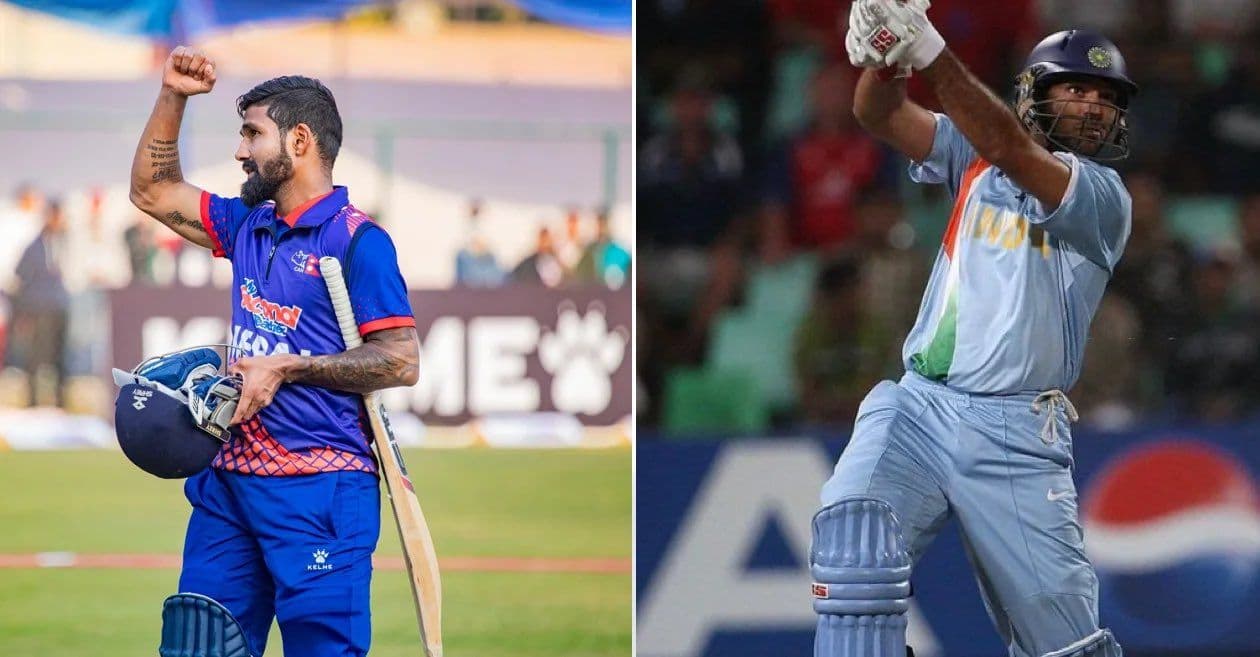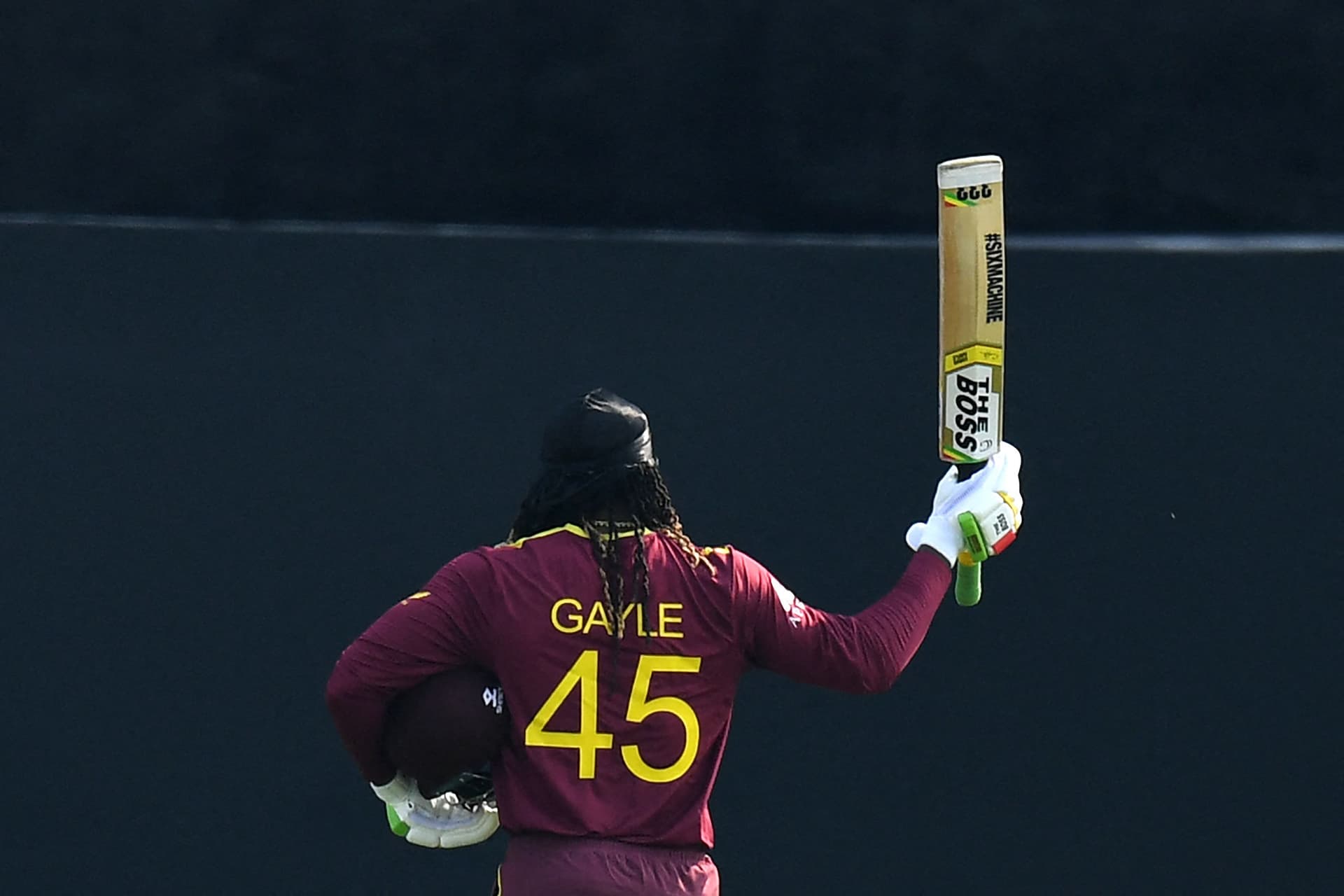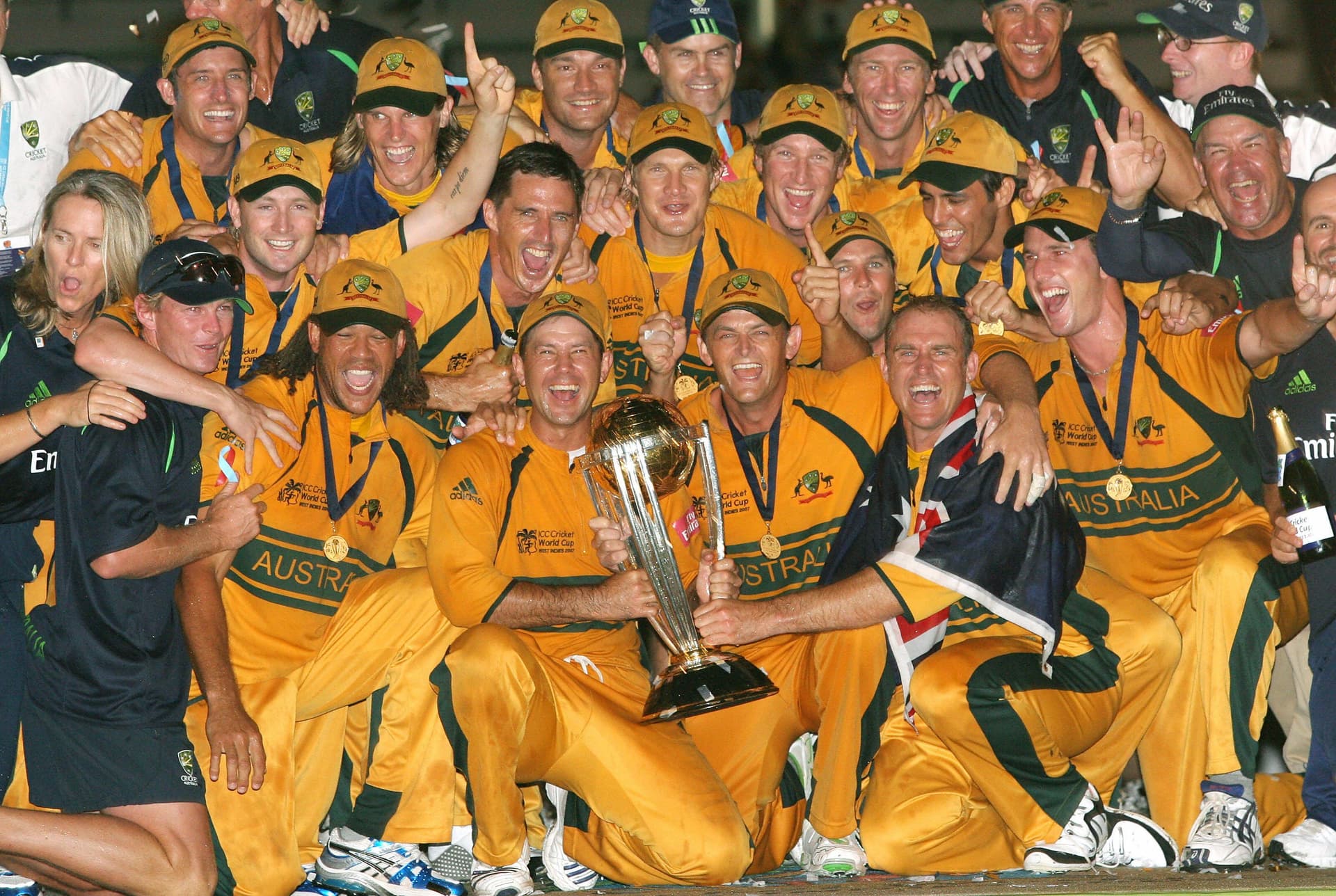Cricket
5 Fastest Cricket Pitch in the World
Know what are the five fastest cricket pitches in the world and what makes them so fierce and bouncy for batsmen to face, Also know which bowlers have been more successful there.

Nations like Australia and South Africa boast of some of the fastest cricket pitches in the world, with venues like Adelaide Oval, Gabba, Kingsmead and others being labelled as graveyards for batsmen. While both spin and pace tracks are challenging to bat on, surviving on the latter could be a lethal task. But what makes pitches so deadly fast?
Among most other soil components that are used to make a cricket pitch, clay is largely responsible for pace and bounce on the turf. Australian pitches have more than 50% clay in them which, when dried and hardened, could lend the ball an enormous amount of pace and bounce.
While there are no parameters to measure the pace of cricket pitches owing to their volatility, the fastest cricket pitch in the world known to man is the WACA Cricket Ground in Australia’s Perth.
Below we list five of the world’s fastest pitches in the world
Fastest Cricket Pitch in the World
Top 5 list
| Serial No | Ground Name | Country |
| 1 | WACA Cricket Ground, Perth | Australia |
| 2 | Gabba Cricket Ground, Brisbane | Australia |
| 3 | New Wanderers Stadium, Johannesburg | South Africa |
| 4 | Sabina Park - Jamaica | West Indies |
| 5 | Basin Reserve - Wellington | New Zealand |
1. WACA Ground - Perth, Australia
Apart from the clay that makes WACA's turf fast and bouncy, Perth’s humidity also keeps the ball’s direction stable upon release from the hand. Hence, when the ball is old at WACA, it is less swing and more of what comes after hitting the surface. To make things trickier at this venue, the afternoon breeze that the southwest coastal areas of West Australia receive makes WACA a mouthwatering place for both swing bowlers as well.
If these weren’t enough, the hot temperature further creates cracks on the Perth pitch, thus making it quite difficult for batsmen to adjust. Consequently, WACA is widely known as “The Furnace” in the cricket community.
January 30, 1993, saw West Indies’ Curtley Ambrose taking seven wickets for just one run against Australia, the process of which resulted in Australian tail-ender Geoff Lawson breaking his jaw. Australian pacers Merv Hughes and Glenn McGrath have both gotten Test hat-tricks at this venue before Mitchell Johnson became the first left-arm pacer to take eight wickets in an innings against South Africa.
2. Gabba Cricket Ground - Brisbane, Australia
Yet another Australian cricket pitch that is known for its fast and bouncy nature, Brisbane’s Gabba Cricket Ground is widely known to be the country’s truest wicket. The ball comes to the bat well off the deck here, because there are very few cracks on the Gabba turf. Hence, Gabba is known to have quite competitive cricket between fast bowlers and great stroke players of the game.
What makes Gabba stand out is its offer for spinners as well with the highest wicket-taker in Tests at this venue being Australian bowling legend Shane Warne. The leg-spinner had taken 68 scalps with the red ball in this ground. With the white ball, it is McGrath who reigns supreme with 21 wickets in ODIs.
 It was also on this pitch that an injury-ridden Indian team ended Australia’s 32-year unbeaten run while chasing 328 runs in 2021. The Men in Blue retained the Border-Gavaskar Trophy as a result.
It was also on this pitch that an injury-ridden Indian team ended Australia’s 32-year unbeaten run while chasing 328 runs in 2021. The Men in Blue retained the Border-Gavaskar Trophy as a result.
3. New Wanderers Stadium - Johannesburg, South Africa
Popularly known as the “Bullring” owing to its chaotic atmosphere from the stands, the New Wanderers Stadium in South Africa is one of the fastest cricket pitches in the world. Grass on the pitch helps the ball change direction upon hitting the deck for seamers, thus making it very difficult for batsmen to bat. Apart from that, a grassy pitch also retains moisture and consequently allows bowlers to get more swing owing to heavier resistance.
 South Africa’s deadly pacer Makhaya Ntini has taken the most Test wickets (53) on the green top of New Wanderers Stadium, while former skipper Shaun Pollock has taken the most scalps (29) in ODIs. However, this ground has also seen hosts South Africa chase down a mammoth target of 435 runs in their historic ODI clash with Australia in March 2006.
South Africa’s deadly pacer Makhaya Ntini has taken the most Test wickets (53) on the green top of New Wanderers Stadium, while former skipper Shaun Pollock has taken the most scalps (29) in ODIs. However, this ground has also seen hosts South Africa chase down a mammoth target of 435 runs in their historic ODI clash with Australia in March 2006.
4. Sabina Park - Jamaica, West Indies
Jamaica is counted amongst the driest parts of Kington, West Indies, and for the longest time, this hard extracted gained insane pace from it. Sabina Park was once the fastest cricket pitch in the Caribbean before it eventually slowed down.
 Legendary West Indian speedster Courtney Walsh has been the highest wicket-taker in this venue with 48 Test scalps to his name. Walsh had truly revealed the fast nature of Sabina Park when India toured the West Indies in 1989. The bowler would end up with figures of 6/62 in the first innings, with the likes of Navjot Sidhu, Mohammad Azharuddin, Sanjay Manjrekar, Kiran More, Kapil Dev and Arshad Ayub, all falling prey to his fast bowling.
Legendary West Indian speedster Courtney Walsh has been the highest wicket-taker in this venue with 48 Test scalps to his name. Walsh had truly revealed the fast nature of Sabina Park when India toured the West Indies in 1989. The bowler would end up with figures of 6/62 in the first innings, with the likes of Navjot Sidhu, Mohammad Azharuddin, Sanjay Manjrekar, Kiran More, Kapil Dev and Arshad Ayub, all falling prey to his fast bowling.
Dwayne Bravo has taken the most number of wickets (18) at this venue.
5. Basin Reserve - Wellington, New Zealand
The fast nature of Basin Reserve’s pitch can be found in the number of wickets the fast bowlers have taken here. Yet another green top like South Africa’s New Wanderers Stadium, the Wellington venue is known to provide raw pace and high bounce for bowlers. The grass bank on the eastern side of the ground blocks heavy southerly winds, which helps bowlers to get more swing from one end.
 New Zealand pacer Chris Martin has taken the most Test wickets at this venue (60), with his best performance coming against Sri Lanka in 2005. Martin would run through Sri Lanka’s top batting order of Mravan Atapattu, Sanath Jayasuriya, Kumar Sangakkara and Mahela Jayawardene to reduce the side to 41/4, before sending Tilakaratne Dilshan and Shantha Kalavitigoda back to the pavilion as well.
New Zealand pacer Chris Martin has taken the most Test wickets at this venue (60), with his best performance coming against Sri Lanka in 2005. Martin would run through Sri Lanka’s top batting order of Mravan Atapattu, Sanath Jayasuriya, Kumar Sangakkara and Mahela Jayawardene to reduce the side to 41/4, before sending Tilakaratne Dilshan and Shantha Kalavitigoda back to the pavilion as well.
In ODIs, it is Danny Morrison who has seen the most return from the Wellington turf, as he managed to take 16 wickets at this venue.
Recommended Articles

An M.A. in English Literature, Subhayan is an experienced journalist and sports writer. Having worked as a journalist at Hindustan Times, Subhayan covered diverse beats including sports, education, and health, showcasing his versatility and in-depth understanding of various subjects.


